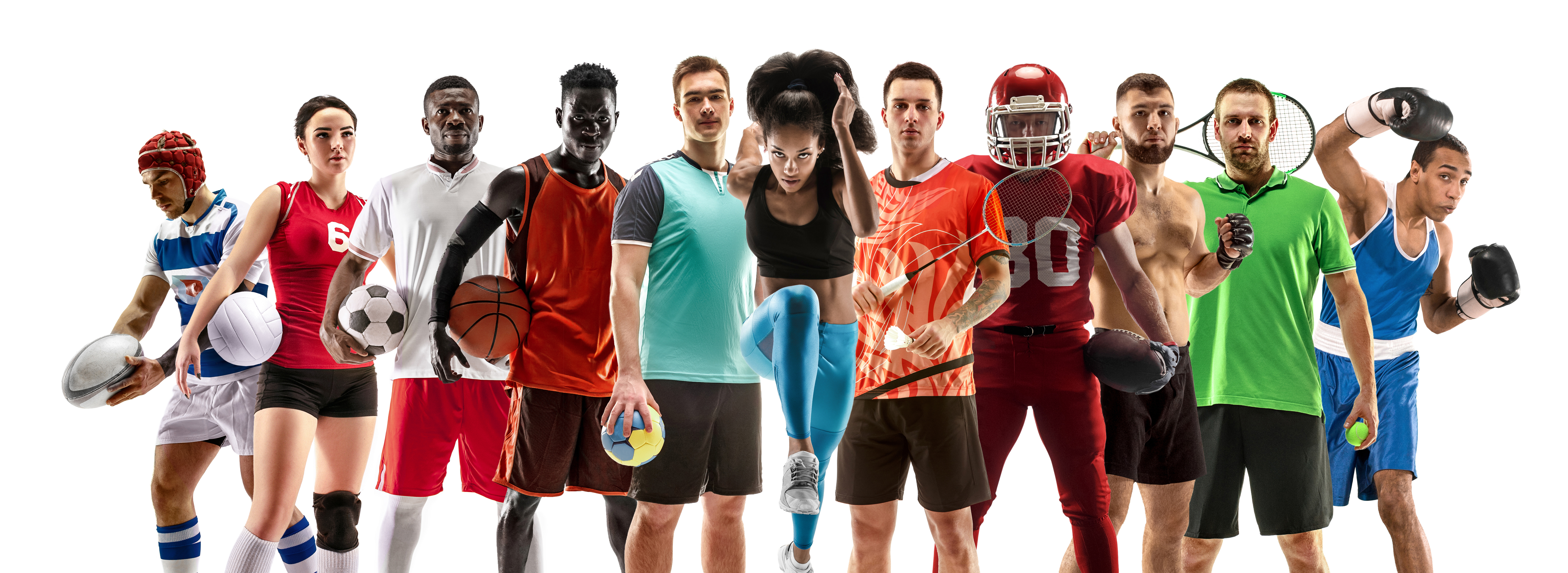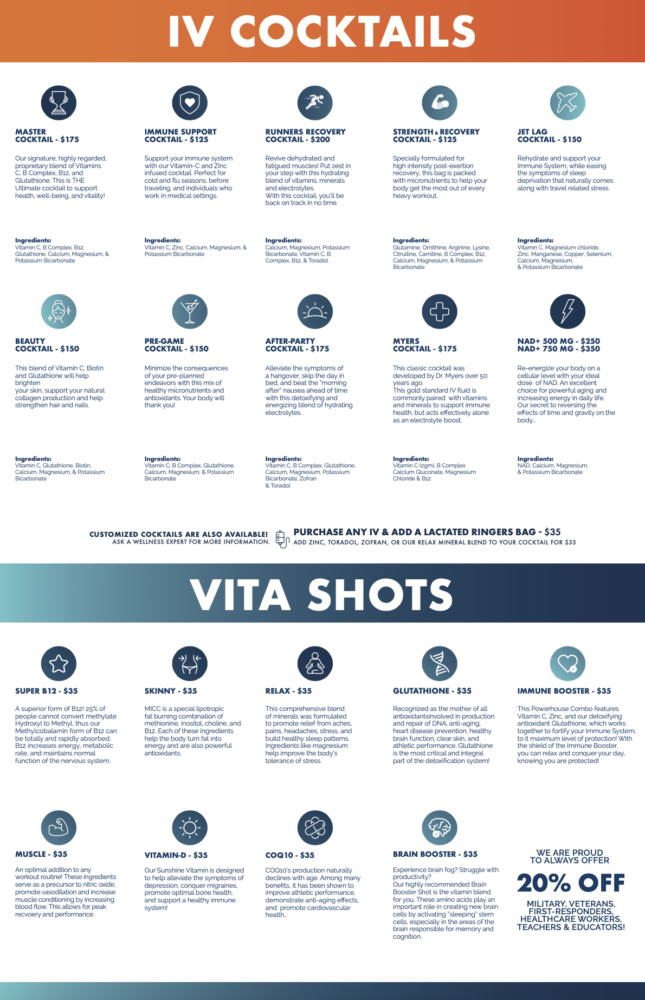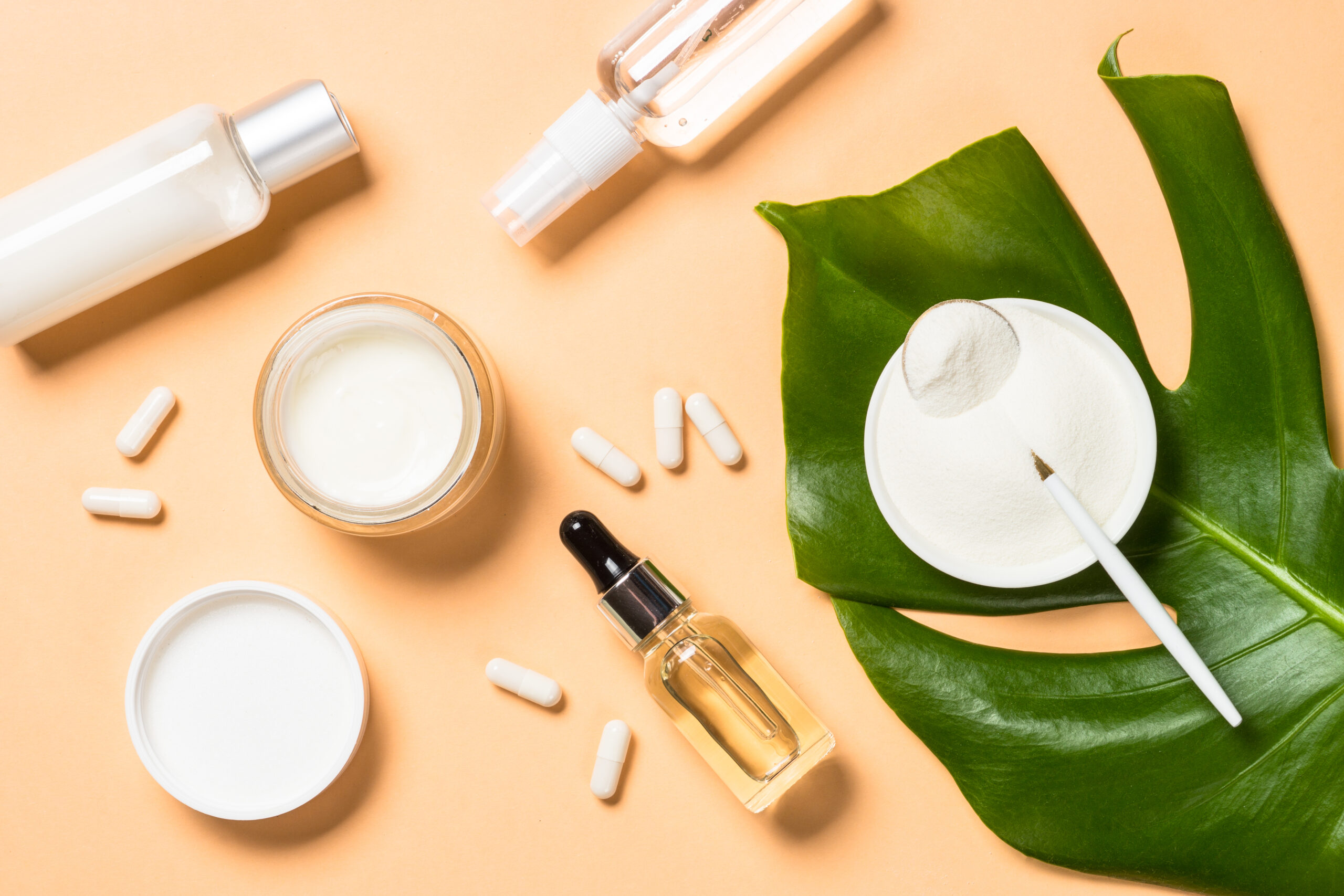Competition and The Athlete
Athletes of different. They have a worldview that differs from “ordinary people”. Typically, they want nothing more than to improve… to get better… and are always willing to embrace any new and pioneering techniques that may offer them a competitive edge. Coaches, Trainers, and Instructors serve to help athletes develop their “extra-ordinary” selves.
These are risk takers. They typically thrive upon challenges and competition. They are not content to live “average” lives and tend to constantly seek out newer and greater challenges. Typically, athletes train for years to become competitive in their respective sports. However, it’s not just physical training that takes place. They must also undergo tremendous mental and emotional conditioning just to remain competitive.
As they improve and work their way up the “performance pyramid” the demands increase dramatically. After years of training, the physical, mental, and emotional demands are significantly greater than those experienced by the general population. When addressing the specific needs of athletes, we need to examine how to maintain or regain optimum levels of supplements including, vitamins, minerals, antioxidants, hydration, and other nutrients necessary for rapid recovery.
However, there are also some non-athletes who typically lack the physical fine-tuning of their sports oriented counterparts. But they, too, possess an “athletic mindset”. They include entrepreneurs, business executives, adventurers, and explorers that share a common outlook and Worldview.
Those with an athletic mindset are risk-takers willing to go beyond the ordinary. They typically thrive upon challenges that result in progressive self-improvement. Those with an athletic mindset not only embrace competition from others, but also from within themselves.
For the most part, they want nothing more than to improve. They thrive upon measuring themselves against anyone, anytime, anywhere. They are not content to live average lives. The greater the challenge to overcome; the greater the sense of reward and accomplishment. Typically, they live Life on purpose… they “pay attention” …and they generally enjoy a Worldview and lifestyle affording them insights beyond those of ordinary people.
The more experience they gain, the less “average”, “ordinary”, or “normal” measures apply. These are the souls who relentlessly try to “maximize the potential of a positive outcome” in their lives.
Common to those with an athletic mindset is the desire to maintain their high-level performance, and to quickly recover when they experience any kind of setback. The setback may take any number of physical, mental, or emotional forms.
Some may be recovering from injury, some may be experiencing business setbacks, some may have undergone a personal loss, some may be experiencing excessive fatigue from burdensome travel and work schedules. Some may simply have celebrated with “one too-many”.
Regardless of the cause, they are always looking for innovative, efficient ways to safely, rapidly, and effectively recover. There is an old Trainers’ expression that says, “The most important part of training is to recover quickly to keep training”. Innovation has answered the demand with recovery techniques that are finally available to the general public.
In the past, some of these techniques were very restricted and only available to the Military, select Elite Athletes, and Corporate CEOs. However, times and technology have changed.
While attempting to find the optimum approach, the research science behind these techniques has addressed three major concerns:
WHAT is Administered?
This area of research has examined the specific needs of the client/ patient. After an interview and preliminary assessment, a prescription was written. Generally, the prescription included specific nutrients, vitamins, minerals, antioxidants, and various other supplements. While there are common elements, a “one-size fits-all” approach is inappropriate.
Numerous factors must be considered when formulating the individual prescription. Age, gender, level of training, environment, and the duration, intensity, and frequency of the activity are all important considerations. The anaerobic needs of a short duration power lifter are very different from the aerobic needs of a triathlete. These factors are periodically reassessed to ensure the optimum levels are maintained for that specific athlete.
HOW is it Administered?
This area of research examined how the supplements were given. There are several options, each with advantages and disadvantages. The most basic is topical, where oils or ointments are applied to the skin. Beyond the obvious advantage of simplicity, there is the disadvantage of poor absorption and odor/ mess. Oral supplementation is also popular for the simplicity of the method.
However, research continues to reveal that many supplements do not survive the harsh digestive environment. This results in poor absorption and bioavailability. Finally, there is the option of injection. The injection may be directly into the muscle (a traditional “shot”) or administered through intravenous (IV) means.
Research has repeatedly suggested that the advantage of IV administration is immediate cellular access accompanied by remarkably high bioavailability. Numerous studies have advocated the use of IVs for effective and rapid recovery. The practice has been widely used by the Military, collegiate, as well as professional sports teams to maintain, recuperate, and hydrate without unnecessary disruption to their practice, training, or competitive schedules.
WHEN is it Administered?
The research has generally addressed one of two concerns: prevention and/or recovery. The results from studies using IVs attempting to prevent performance problems have been mixed. Most of the studies show that, once proper levels have been reached, any additional infusion before the competition is either eliminated from the body (urine), or results in a performance decline due to bloating.
However, some benefits have been found in research that attempted to periodically “rebalance” deficient levels of vitamins, minerals, and antioxidants just prior to an event. The thought of administering supplements during competition was found to be absurdly impractical.
Overall, research has consistently demonstrated that supplements are much more effective when administered after the event. Most of the research has examined the use of IVs for rapid rehydration. This was an attempt to reduce the number and severity of heat-related (dehydration) athletic injuries. Other common dehydration conditions that could significantly benefit from IV infusions include “jet lag” and “hangover”.
The Bottom Line
Until recently, IV therapy was only available to a select few. But technology and popular demand have made this method of prevention, maintenance, and recovery available to all of us. Regardless of their current level of performance and accomplishment, most people believe themselves capable of “more”.
As we age, we tend to slow down, and it usually takes longer to recover. Many people are unwilling to resign themselves to being spectators on the sidelines of Life. They want to remain active participants. This requires being able to maintain, sustain, and regain their optimum nutrient levels. Finally, let’s make this a little bit more personal: do you believe yourself capable of being “more”?







